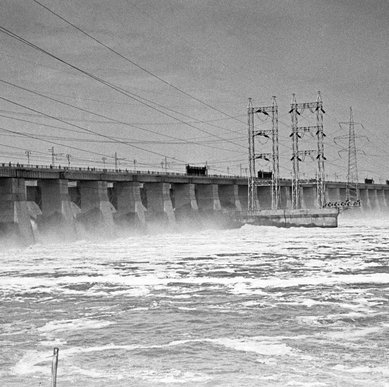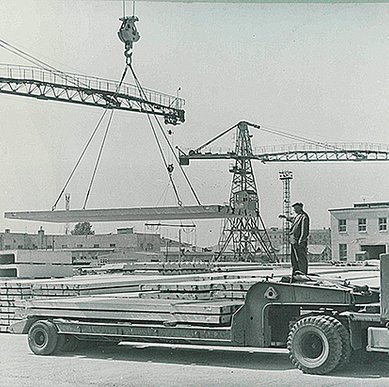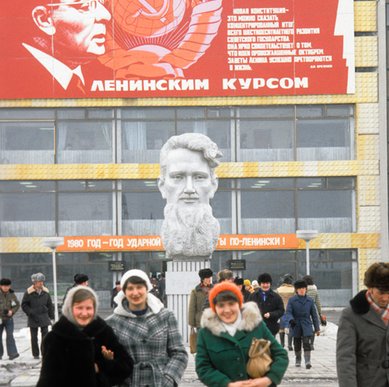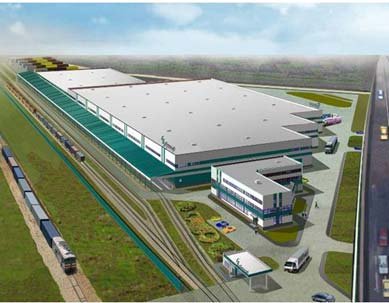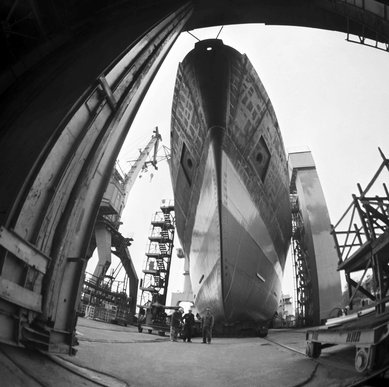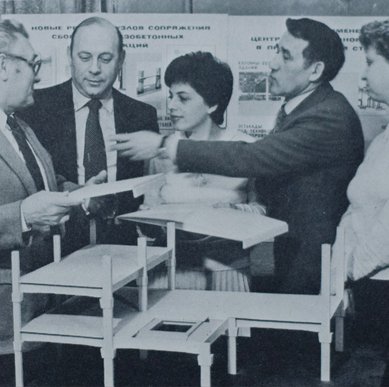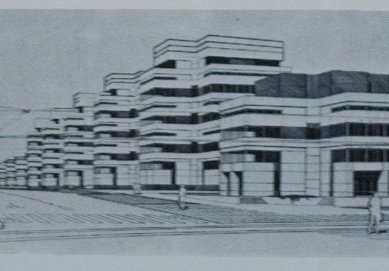2004
A new procedure for land-plot provision was adopted by the investment and construction industry. In May 2004, the St. Petersburg Law “On the Procedure for Providing Real Estate Property Owned by St. Petersburg for Construction and Renovation” was adopted, establishing a tender basis for providing real estate properties. These changes encouraged a competitive environment on the construction market and furnished investors with qualified, long-term supply.
Steps aimed at facilitating the coordination and state expertise board examination of town-planning and design documentation was another important improvement in the industry’s ongoing development.
Territorial activity still has notable scope in the order package of Project Development Institute No. 1. Territory planning projects were developed for the following industrial zones: ‘‘Gorelovo,’’ ‘‘Kirpichny Zavod’’ and ‘‘Volosovo,’’ and formation layouts for industrial and utility-and-storage zones in Tosno, Gatchina, Vyborg and Volosovo Districts, the ‘‘South’’ industrial zone in Ivangorod were elaborated.
The Council for Town-Planning and Architecture of Leningrad Region noted the high quality of the engineering-and-technical solutions provided by Project Development Institute No. 1 as the leading territorial organization in the field of designing industrial zones and individual production units.
Among the Institute’s important industrial projects this year are the second line of the Kraft Foods plant, Tikhvin carriage works, Nokian Tyres tire plant in Vsevolozhsk.

